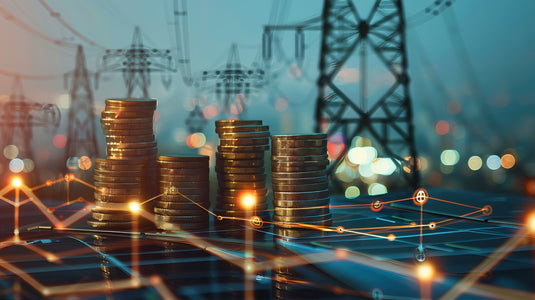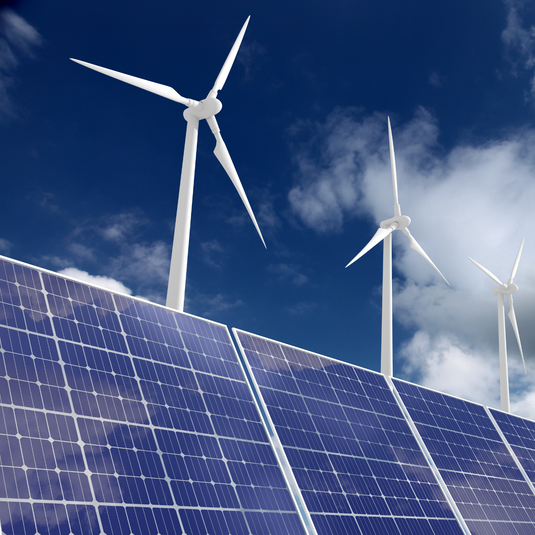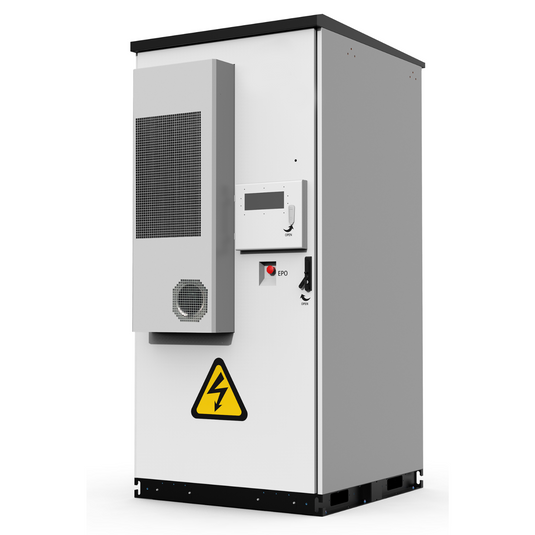Powering the Future, One Grid at a Time.
The U.S. electric grid is aging and needs trillions in updates to meet current and future energy demands. Our energy storage products create a resilient microgrid network, reducing infrastructure costs and paving the way for the grid of the future.

Aging Power Lines
The United States is confronted with an escalating energy crisis because more than 70% of its grid transmission lines and power transformers have been in operation for over 25 years, rendering the system susceptible. As electricity demand is anticipated to increase by 14% to 19% by 2030 and 27% to 39% by 2035, it is estimated that upgrading the grid will cost approximately $21 trillion. This upgrade will necessitate doubling the length of the transmission lines to reach 152 million kilometers, in order to accommodate future needs.
More Frequent Blackouts
Power outages are increasingly common across the United States, with the average American facing over eight hours without electricity in 2020. Since 2015, the length of these outages has more than doubled.


Increasing Costs
Simultaneously, electricity costs have been on a continuous upward trend, experiencing a 10.7% increase in 2022 alone. It is anticipated that residential electricity prices will climb by an additional 4% in 2023, largely attributed to the substantial costs associated with upgrading transmission lines, which comprise more than half of the overall electricity expenses.
StackRack's Virtual Power Plant (SR-VPP)
In the United States, the electrical grid comprises 6,400 power plants, 3,000 companies, and 55,000 utility sub-stations, most of which are unstaffed. Traditional "centralized" power plants transmit electricity through sub-stations via extensive transmission lines to reach homes. StackRack's SR-VPP solution involves transforming each sub-station and its associated 1,500 homes into a virtual power plant (VPP) by installing battery storage systems at these locations.
SR-VPP Benefits

Each energy system is designed to enable the local generation, storage, and utilization of solar and other renewable energy sources. Additionally, energy can be exported to other connected systems when necessary, enhancing the overall efficiency and flexibility of the network.

A distributed network of energy systems minimizes the vulnerability to cyberattacks and significantly lowers the risk of widespread power outages caused by severe weather or equipment malfunctions.

Through the use of sophisticated network devices coupled with encrypted software, all interconnected energy systems on the SR-VPP are able to communicate and provide mutual support in real-time.

The cost savings associated with implementing an SR-VPP far exceed the expenses involved in upgrading transmission lines and sub-stations.

Power Station Pro (PSP)
PSP offers an impressive battery storage capacity of up to 30 kWh, matching the average daily energy consumption of a U.S. household. Its modular design ensures not only rapid installation but also the flexibility to integrate new inverter and battery technologies as they develop.
With PSP, each connected home within the SR-VPP can generate, store, and use energy on-site, while also having the capability to share surplus energy with the network when necessary.
SRBOX-200
The SRBOX-200 provides a substantial battery storage capacity of up to 200 kWh within a compact, weather-resistant enclosure suitable for outdoor installation.
This unit is designed for use at commercial locations linked to the SR-VPP, such as grocery stores, supermarkets, educational institutions, and public service facilities.


SRC-5000
The SRC-5000 features a remarkable battery storage capability of up to 5000 kWh (5 MW) housed within a single container.
This unit is strategically installed at the utility sub-station, offering robust support to the distributed energy systems linked to the SR-VPP.
